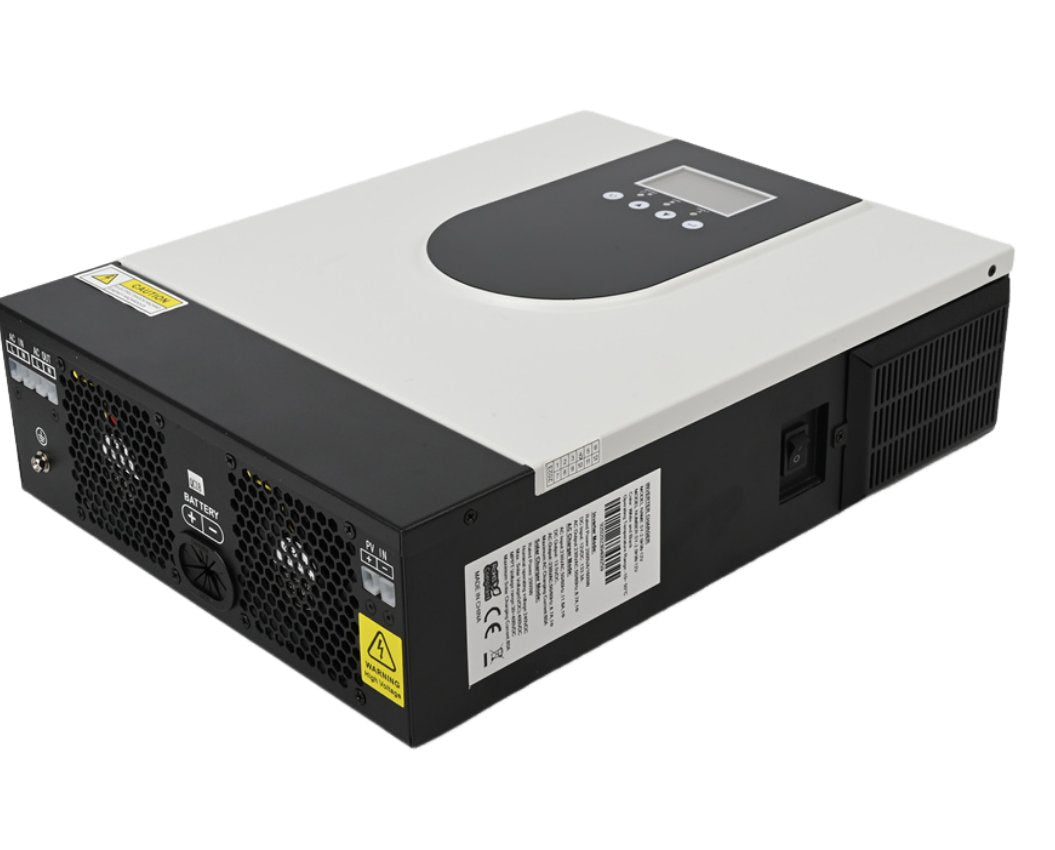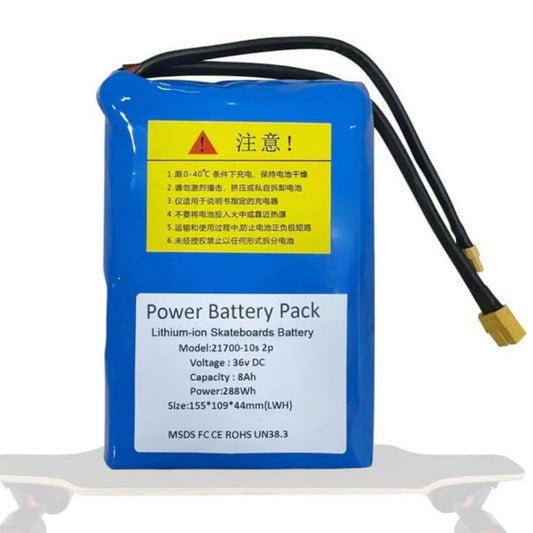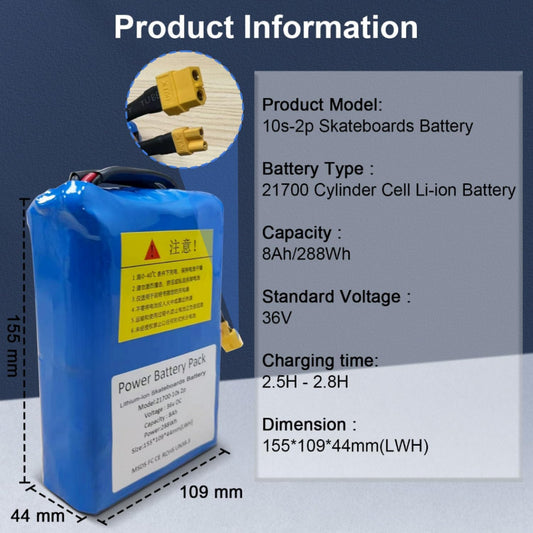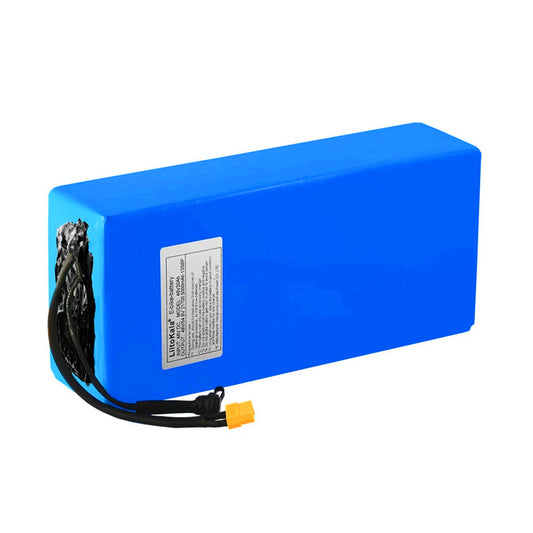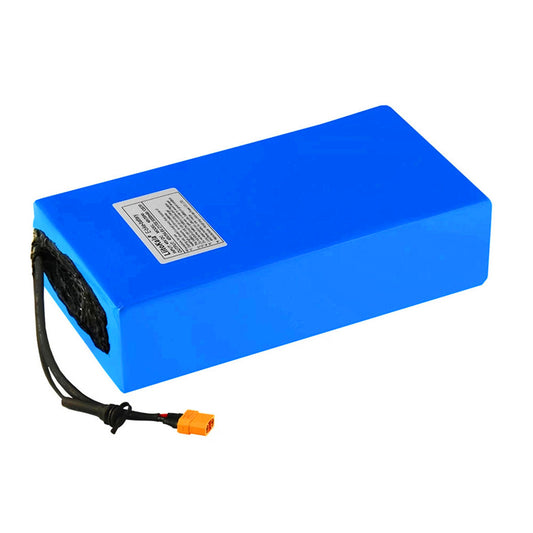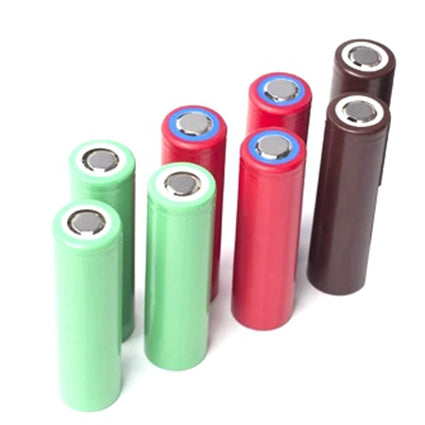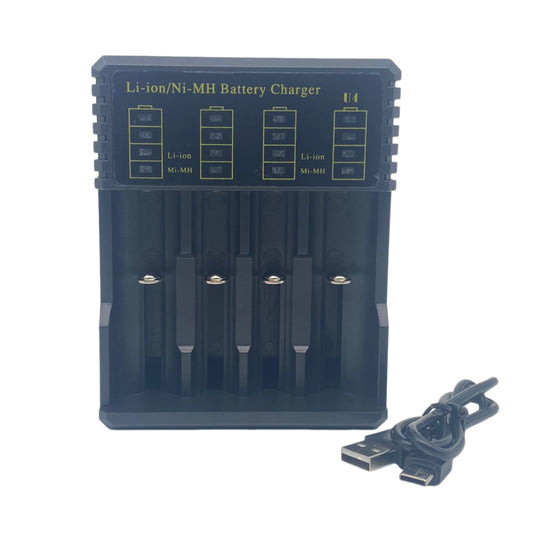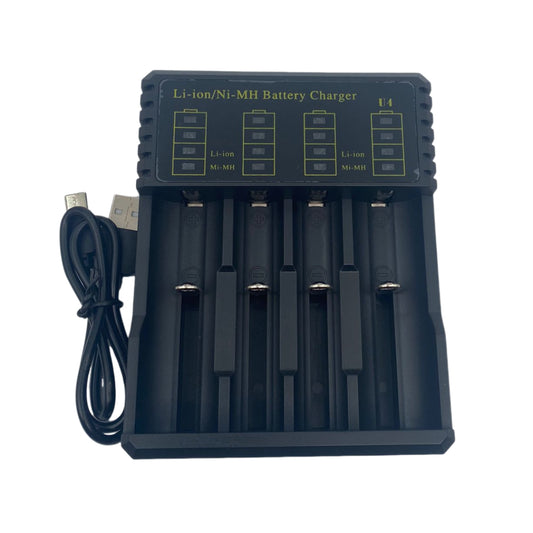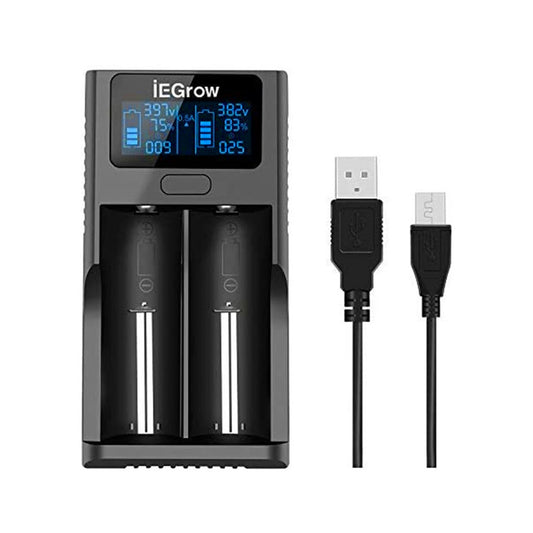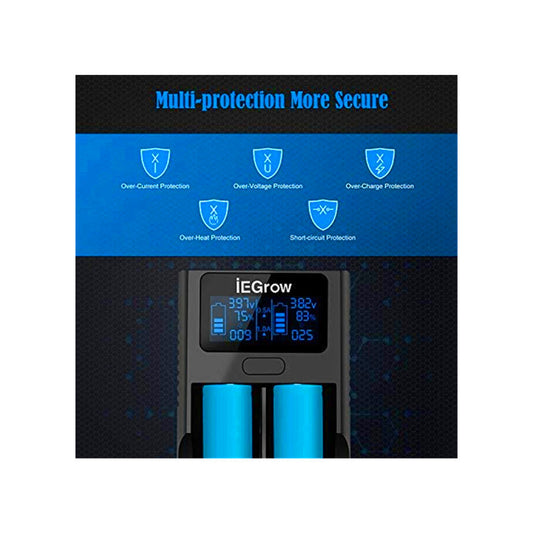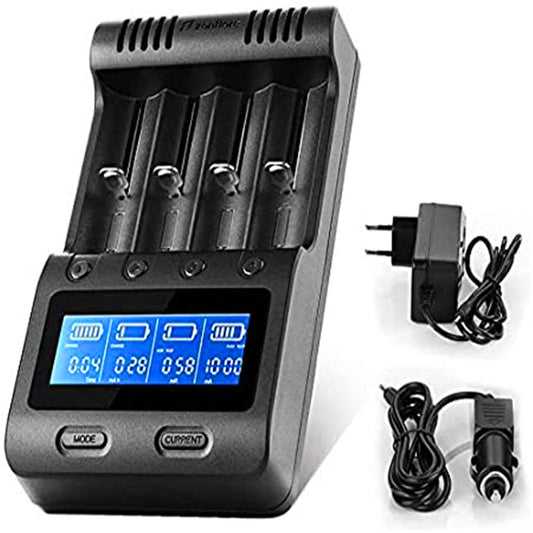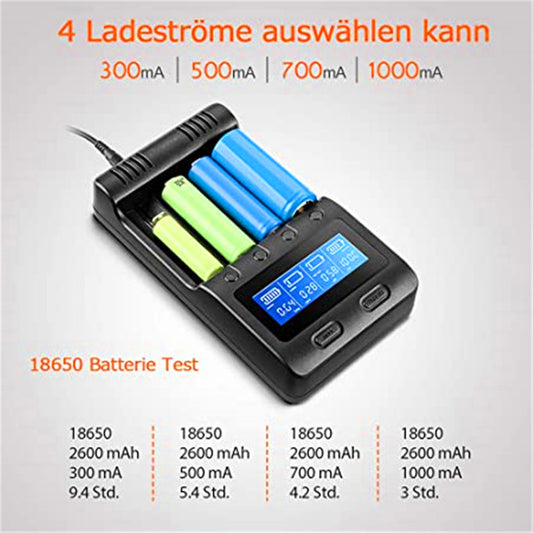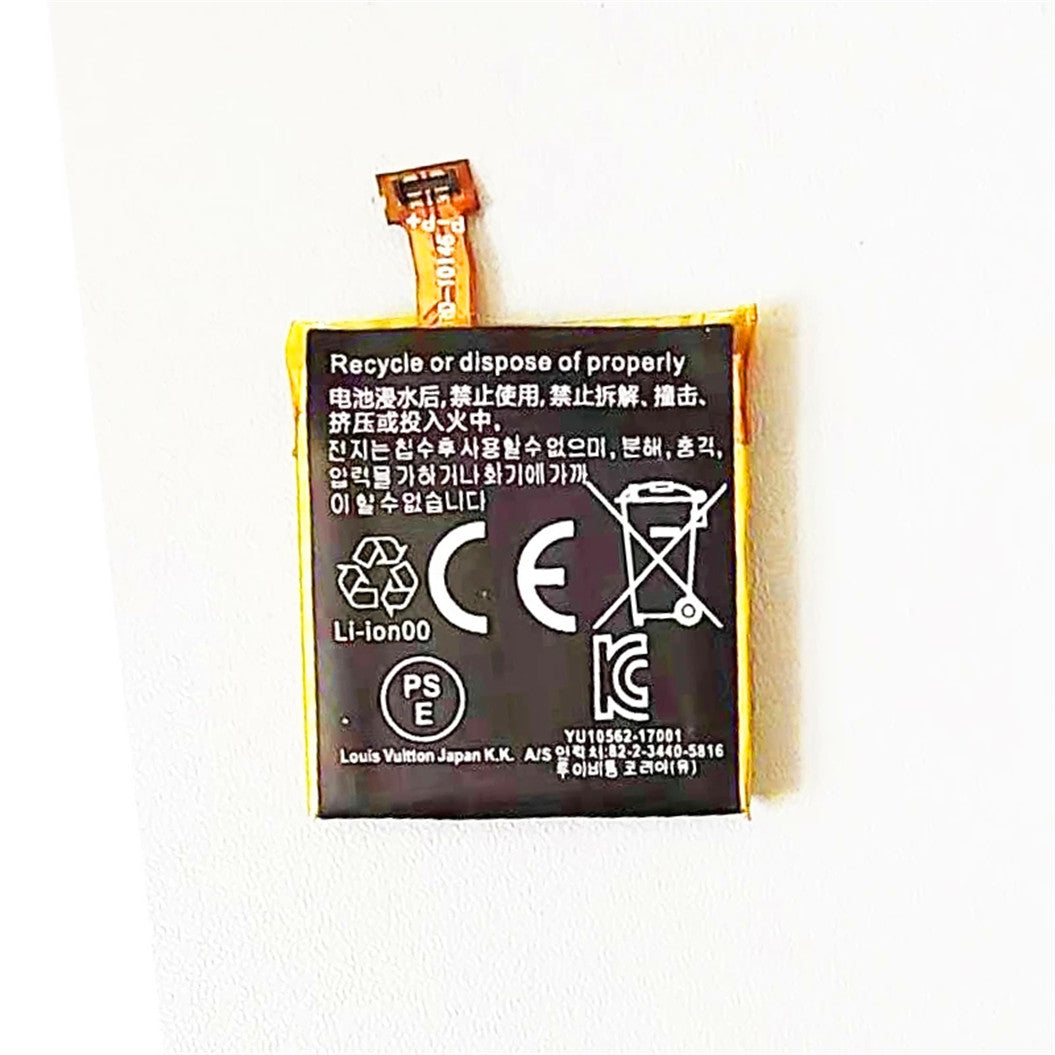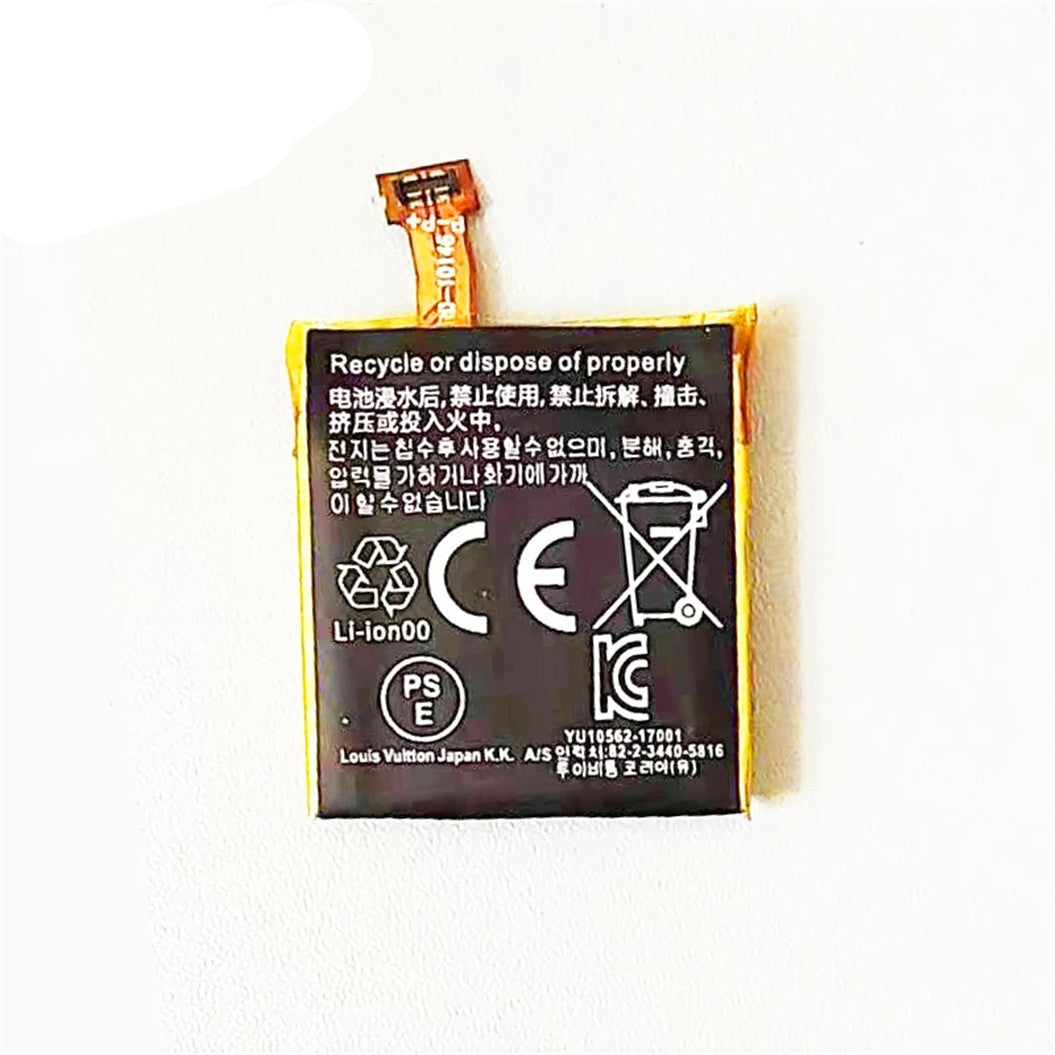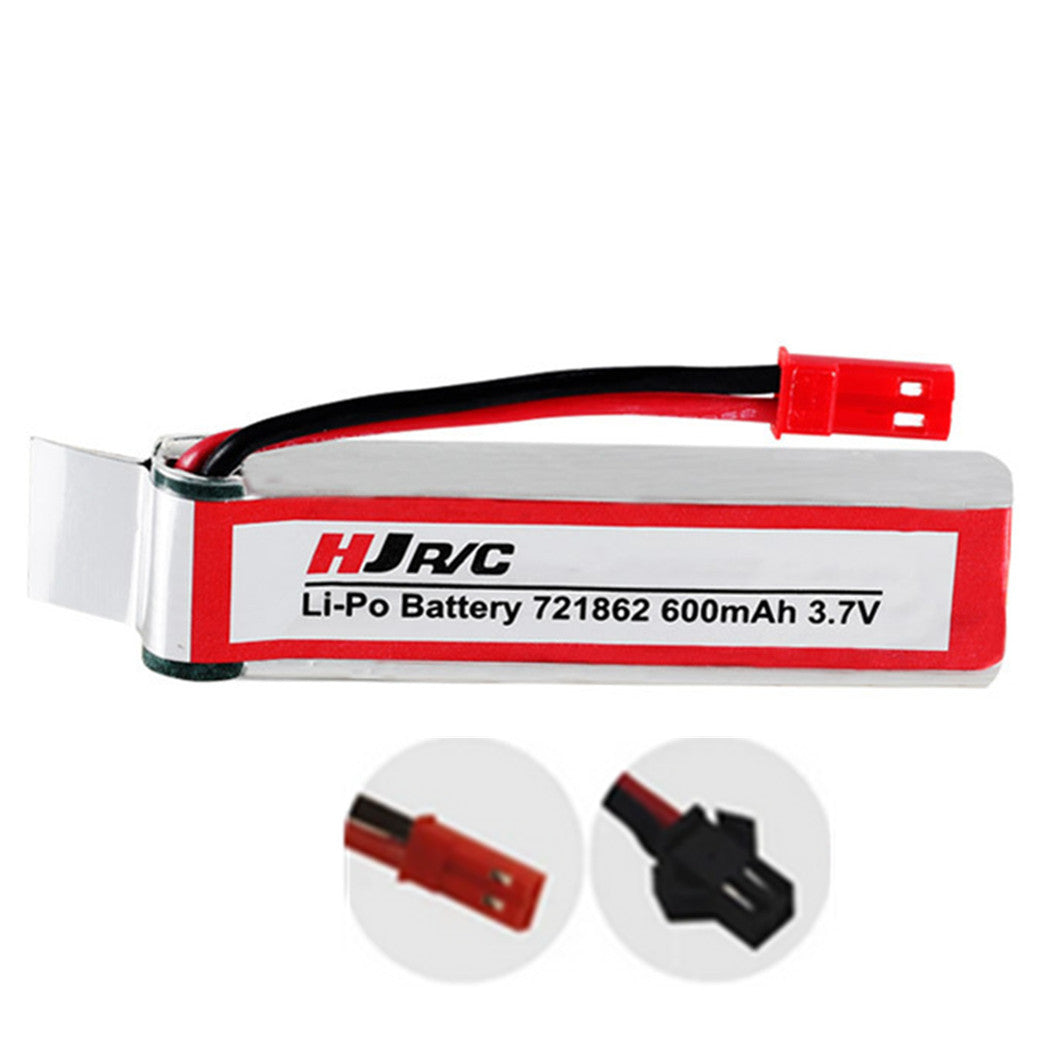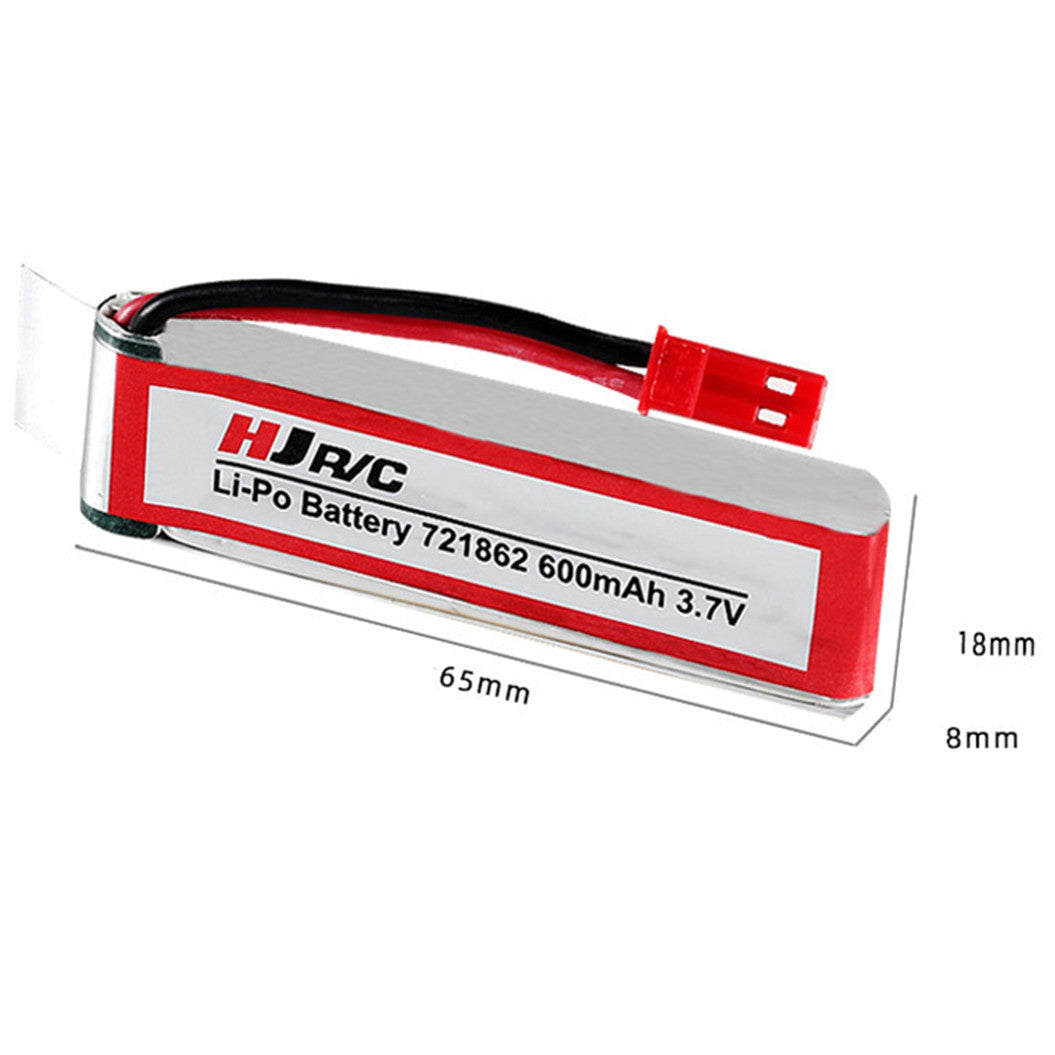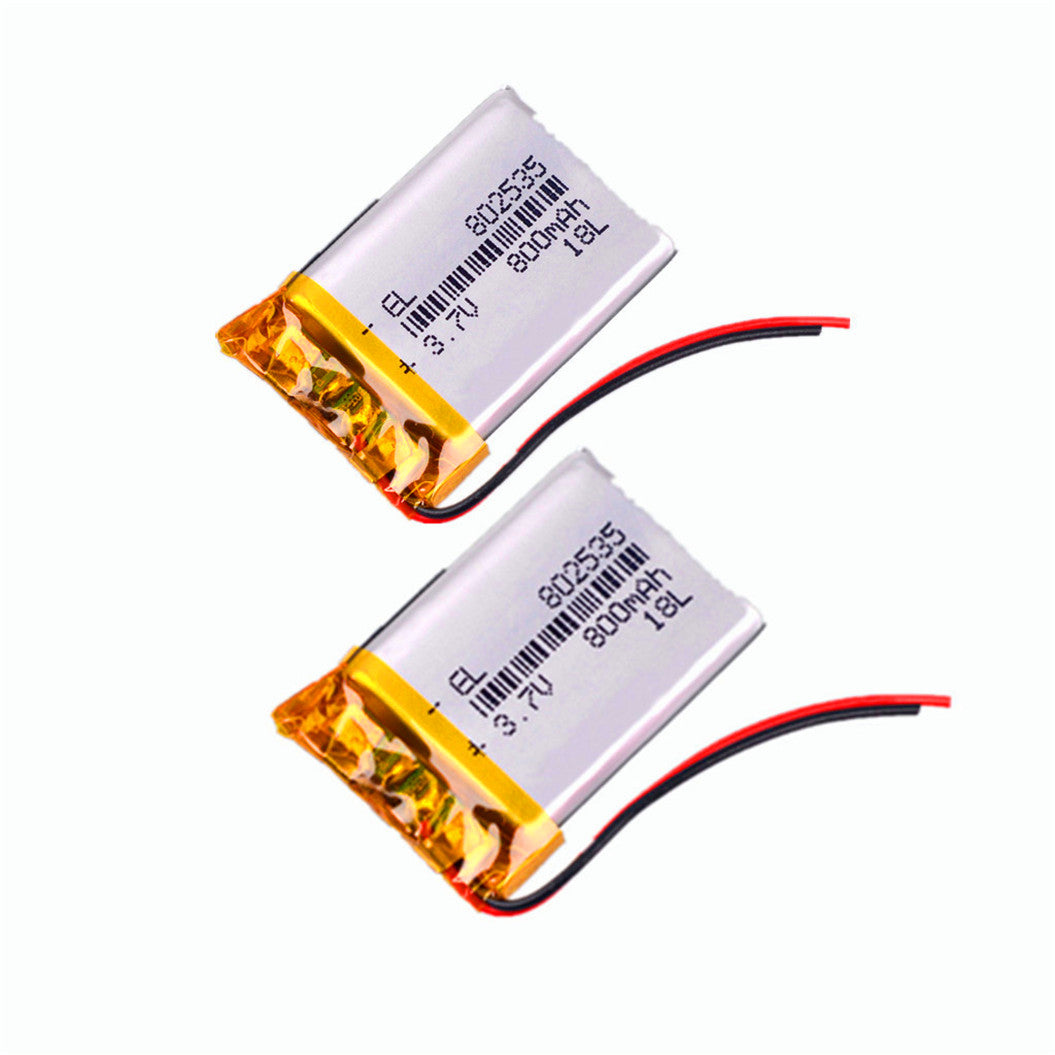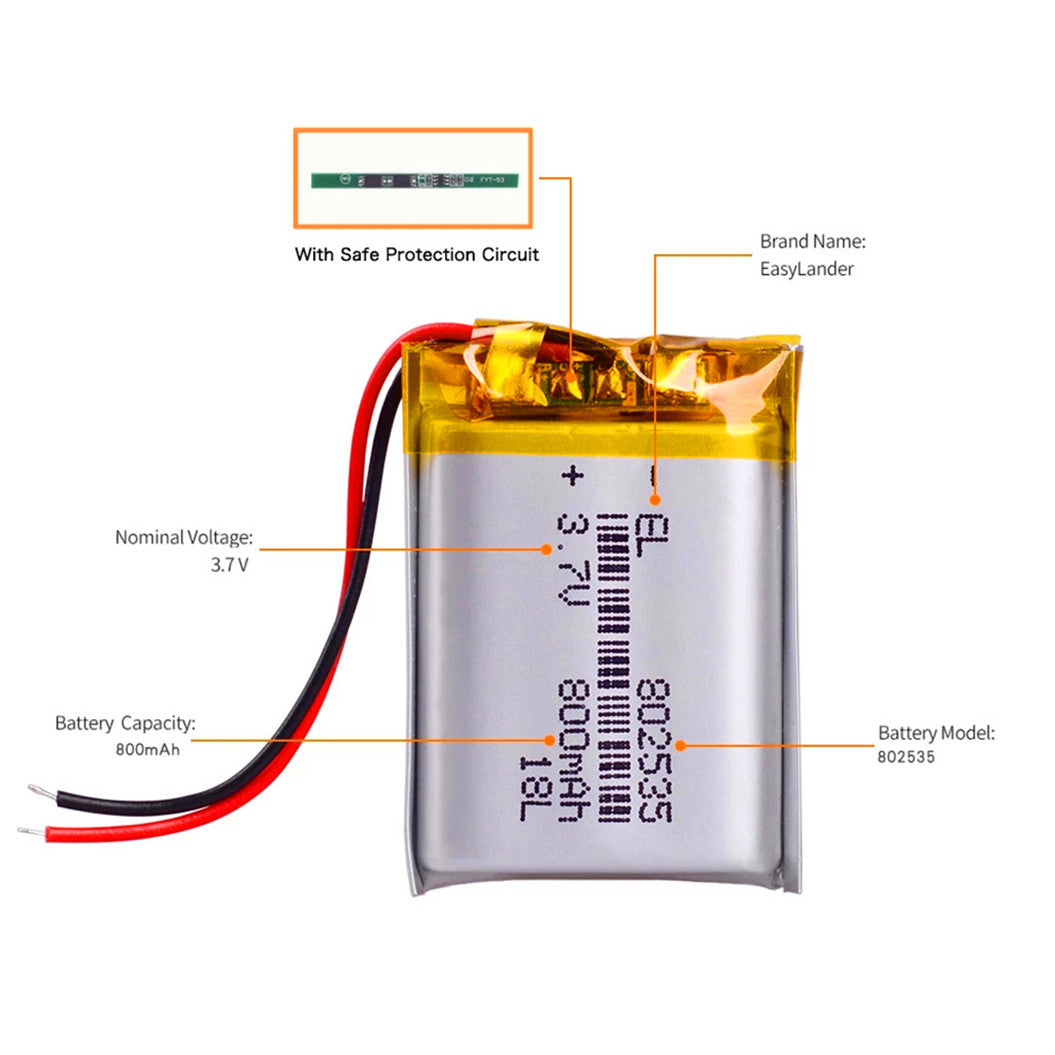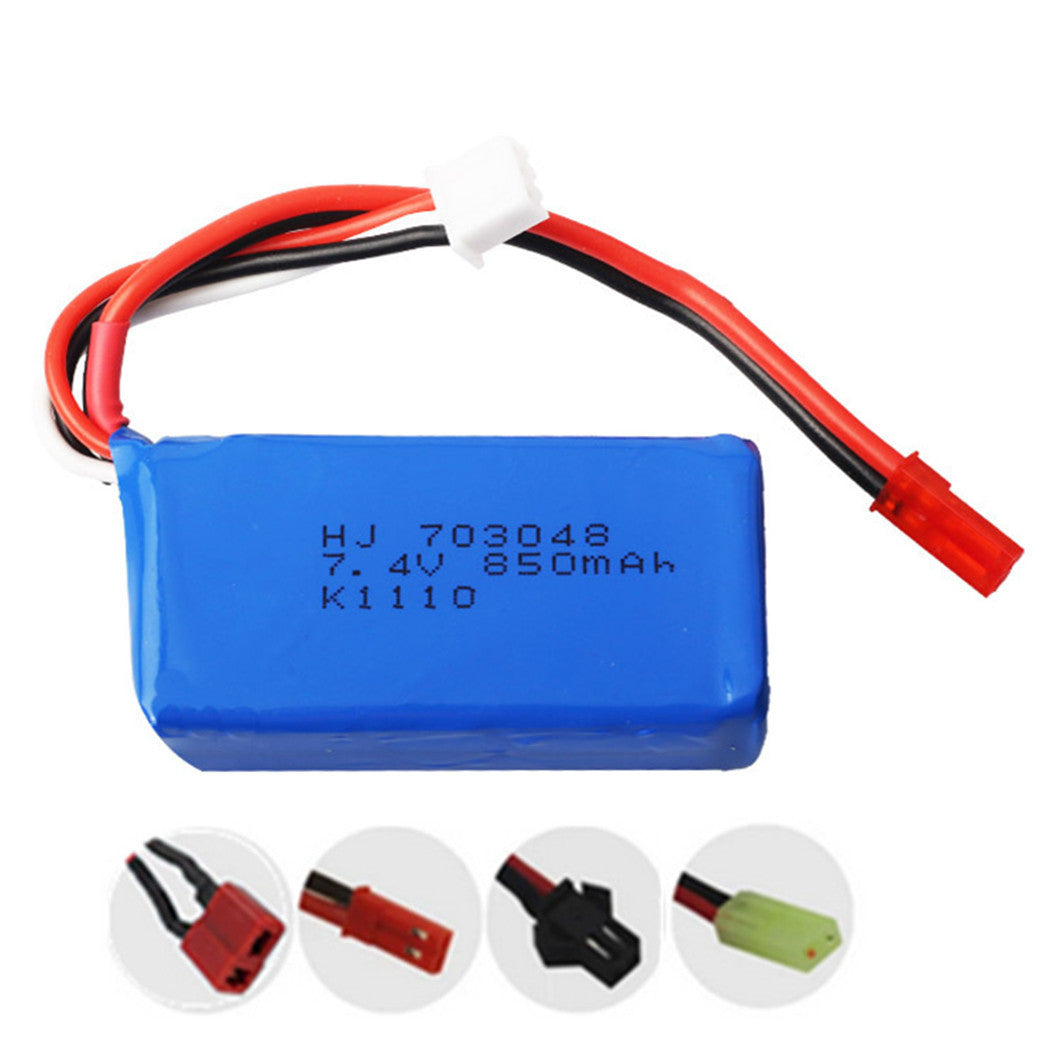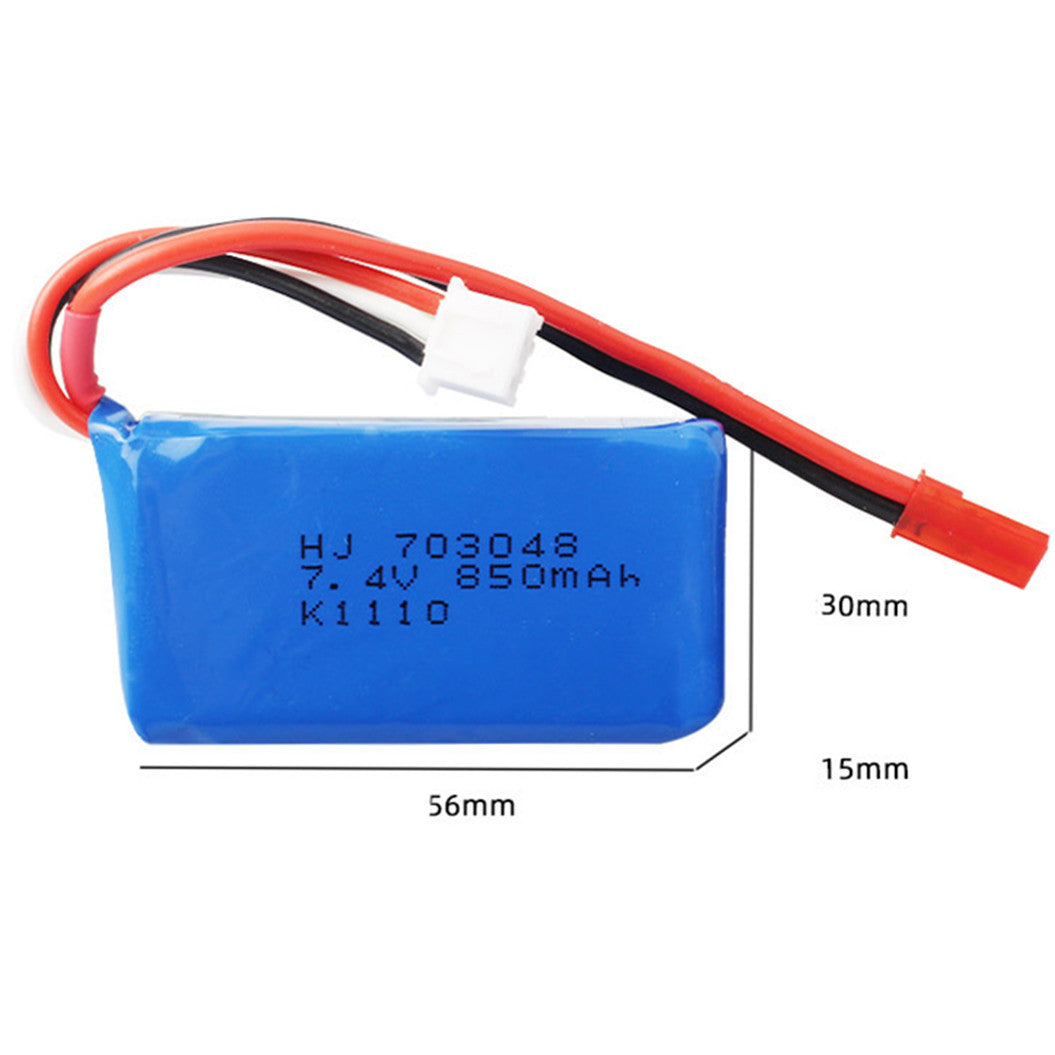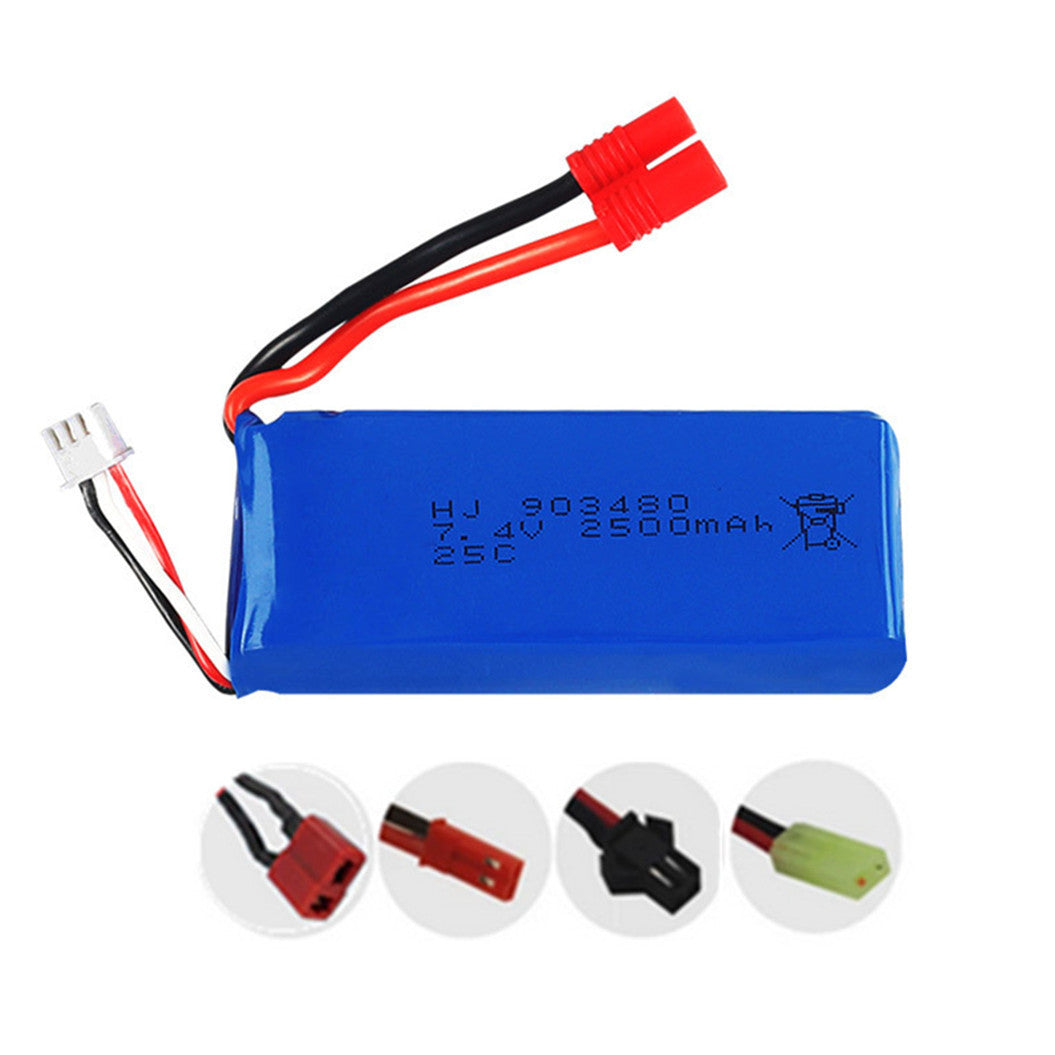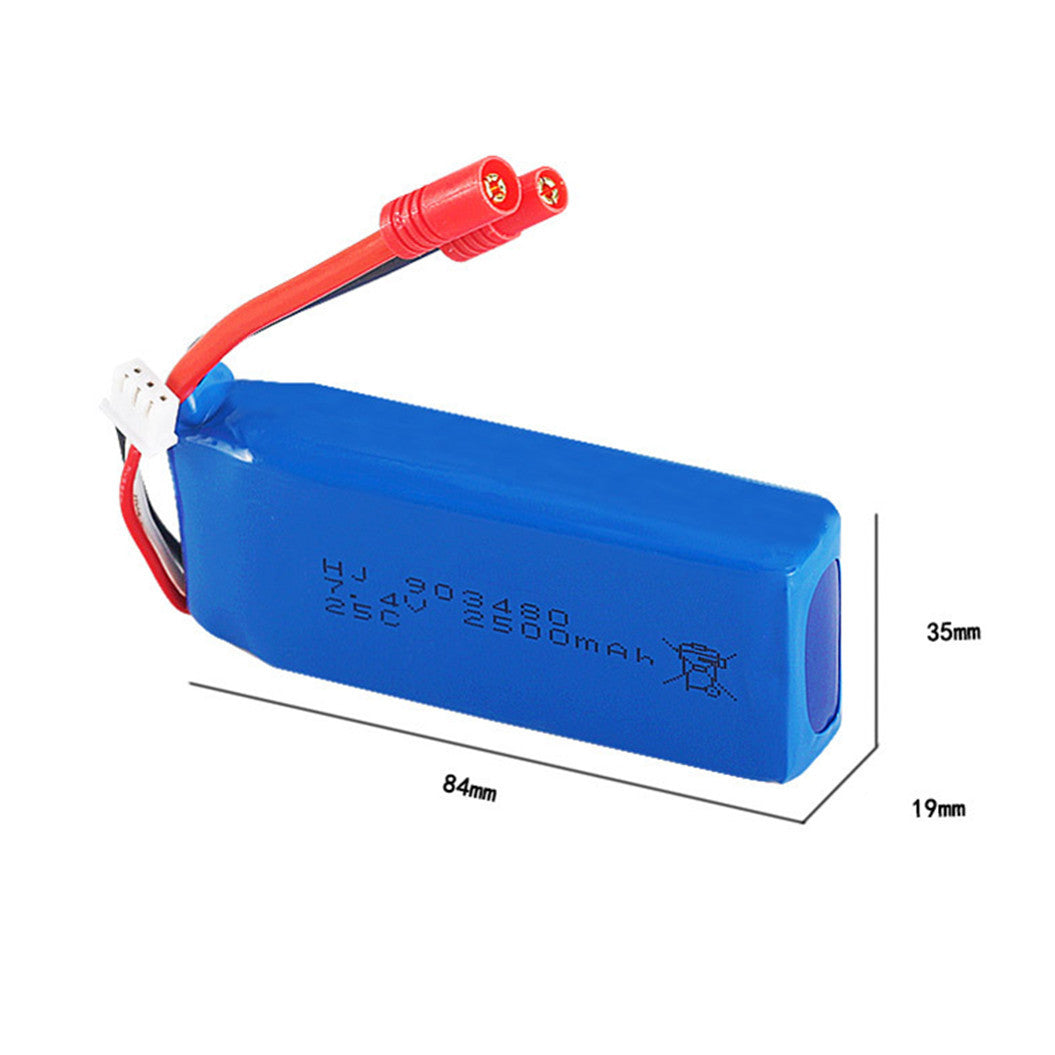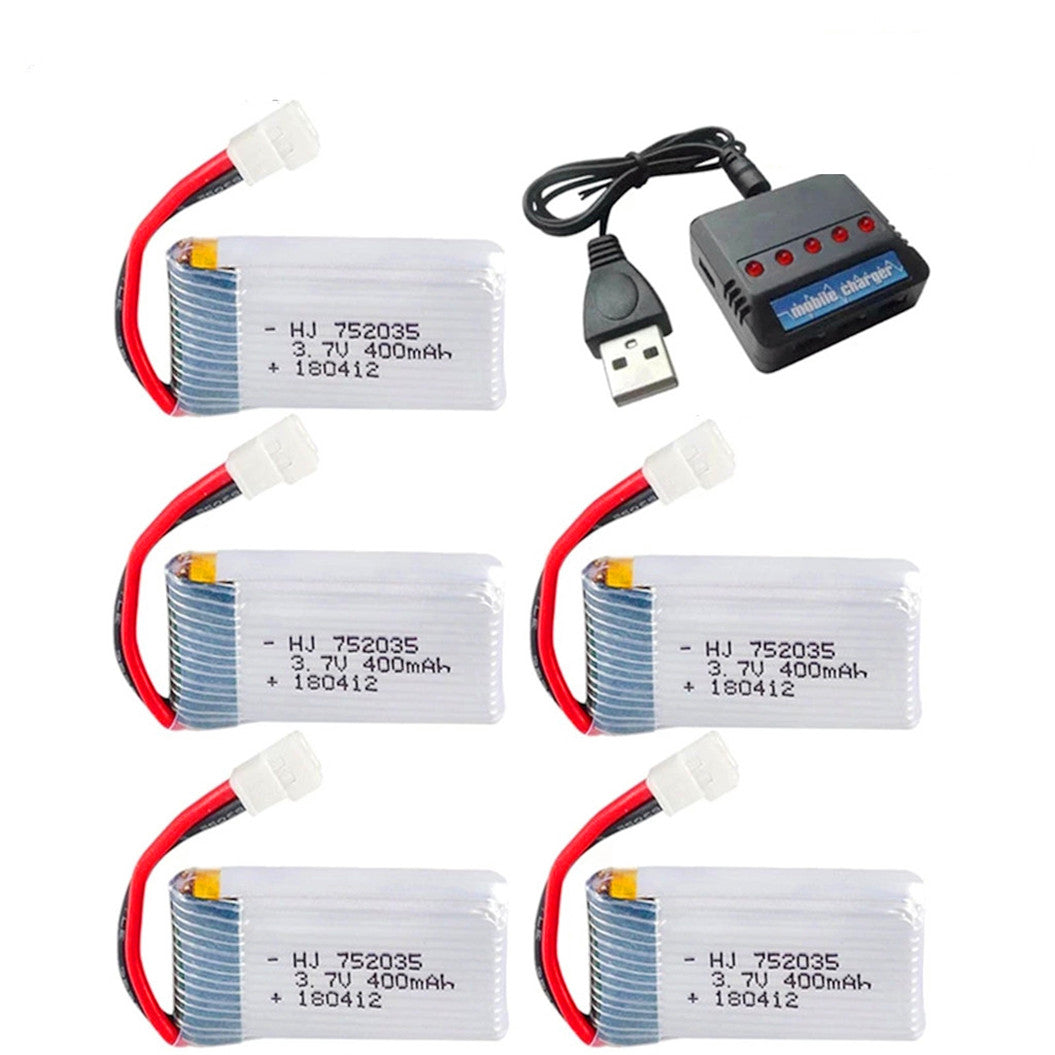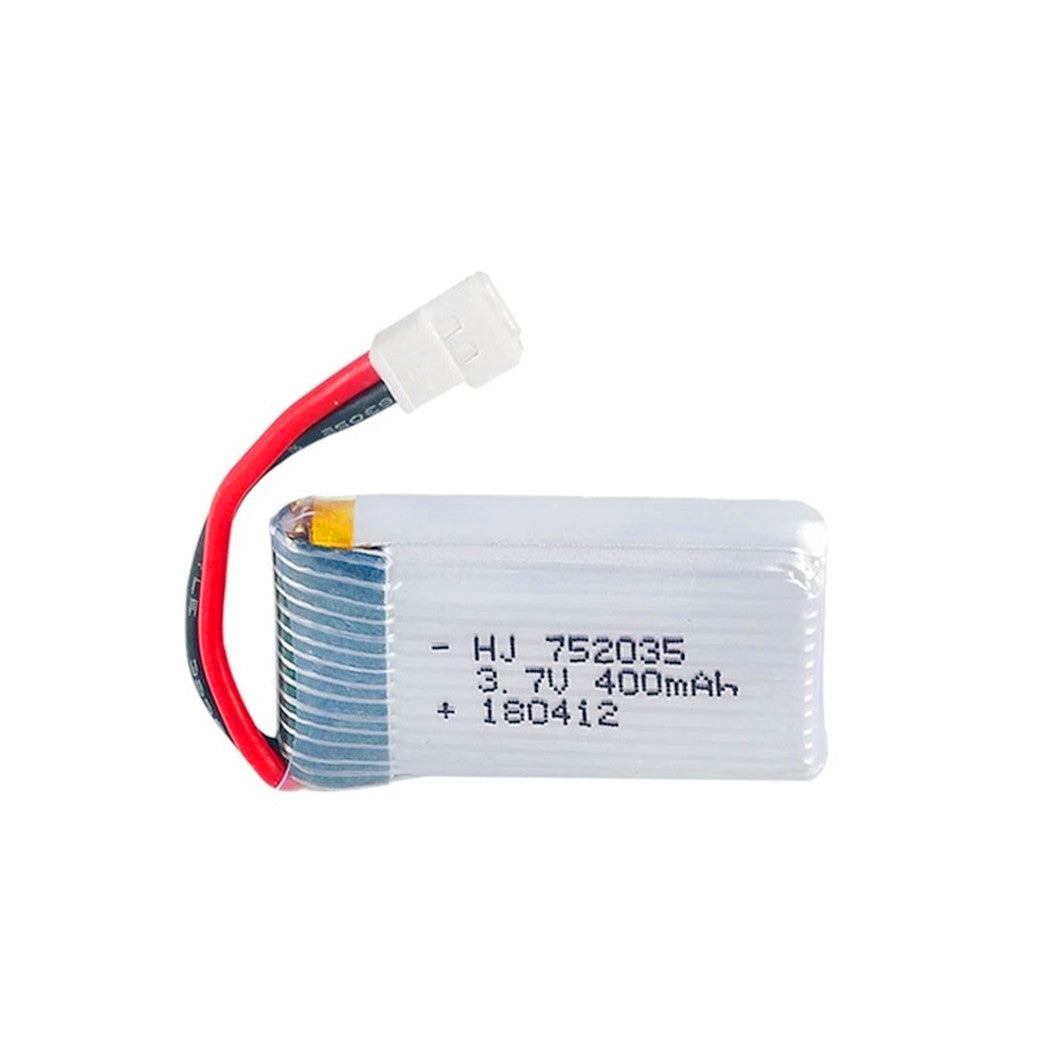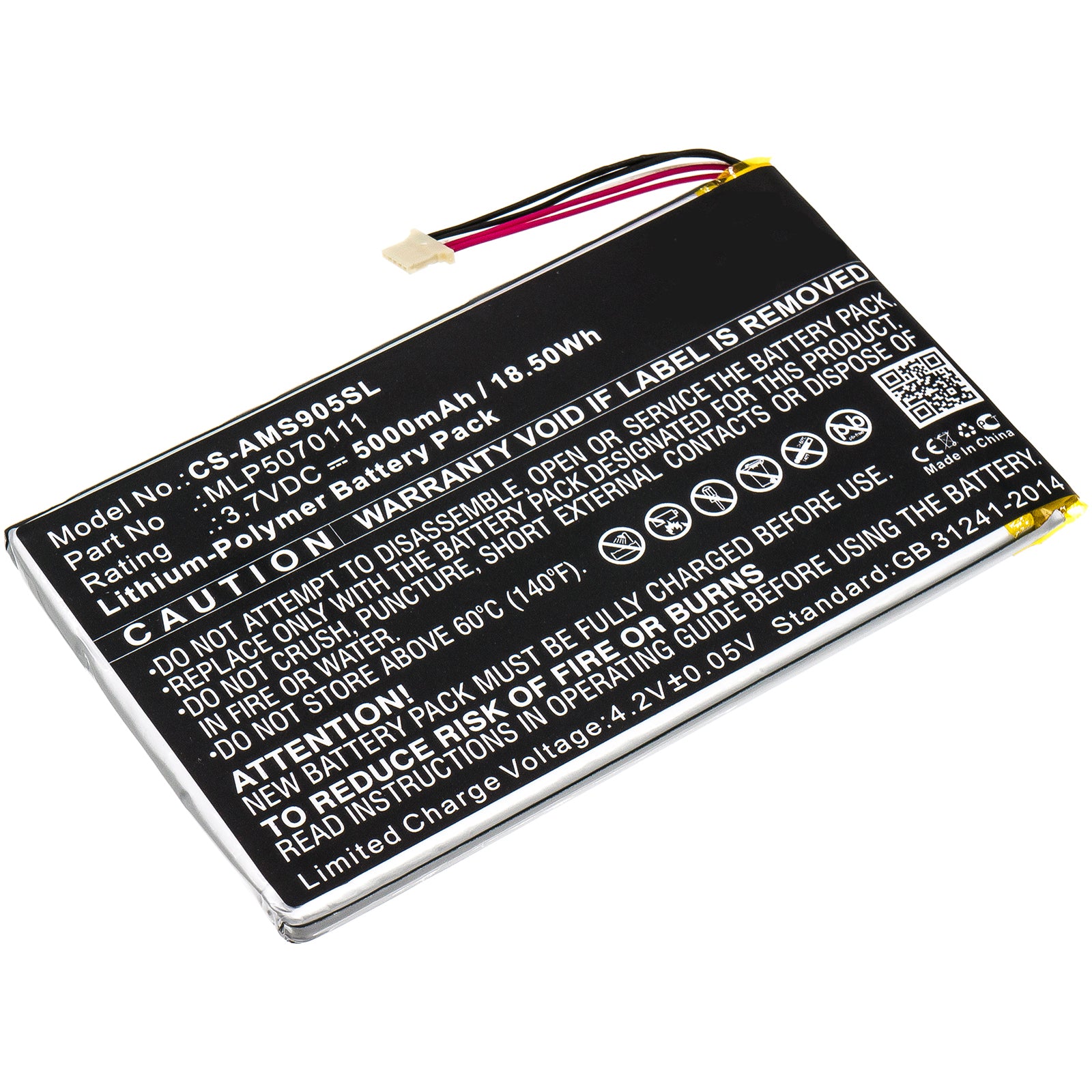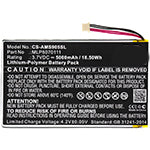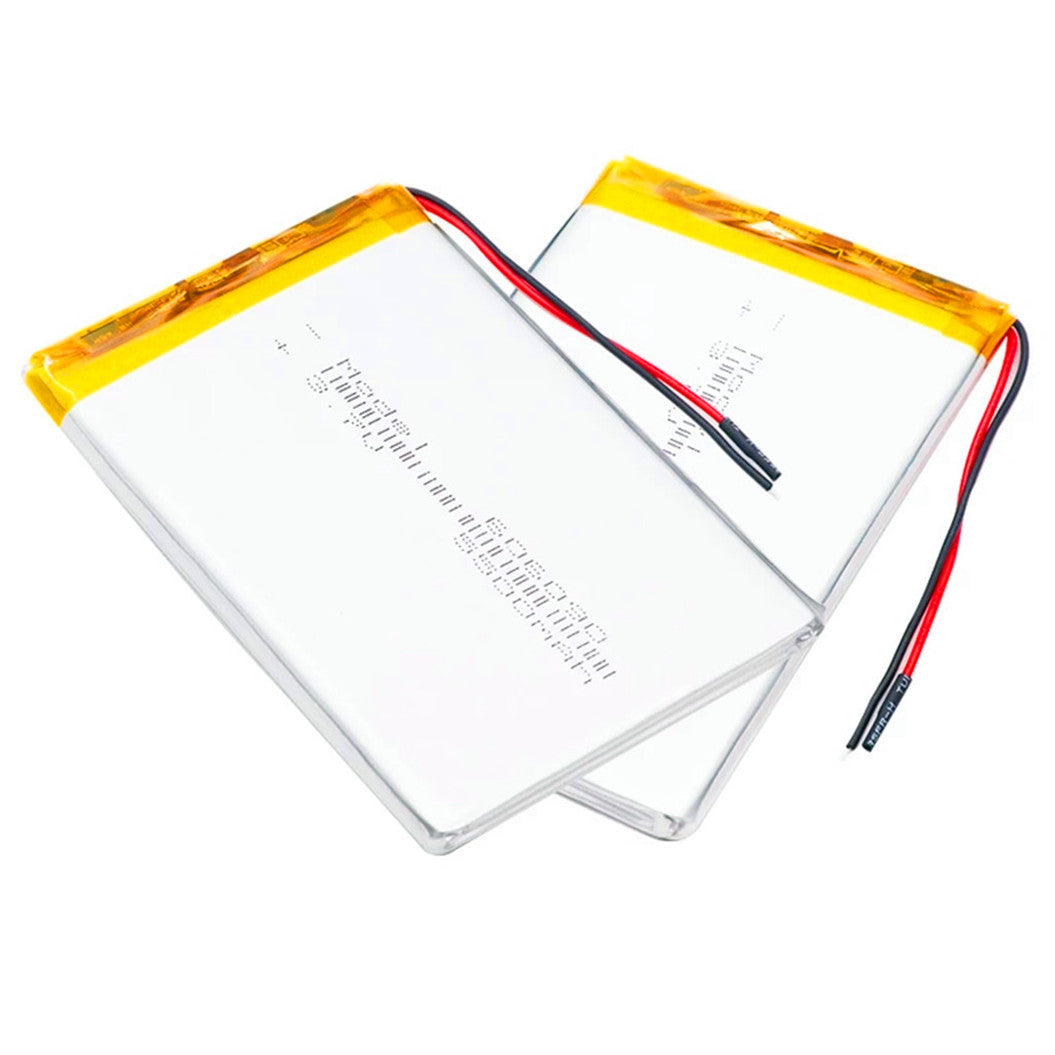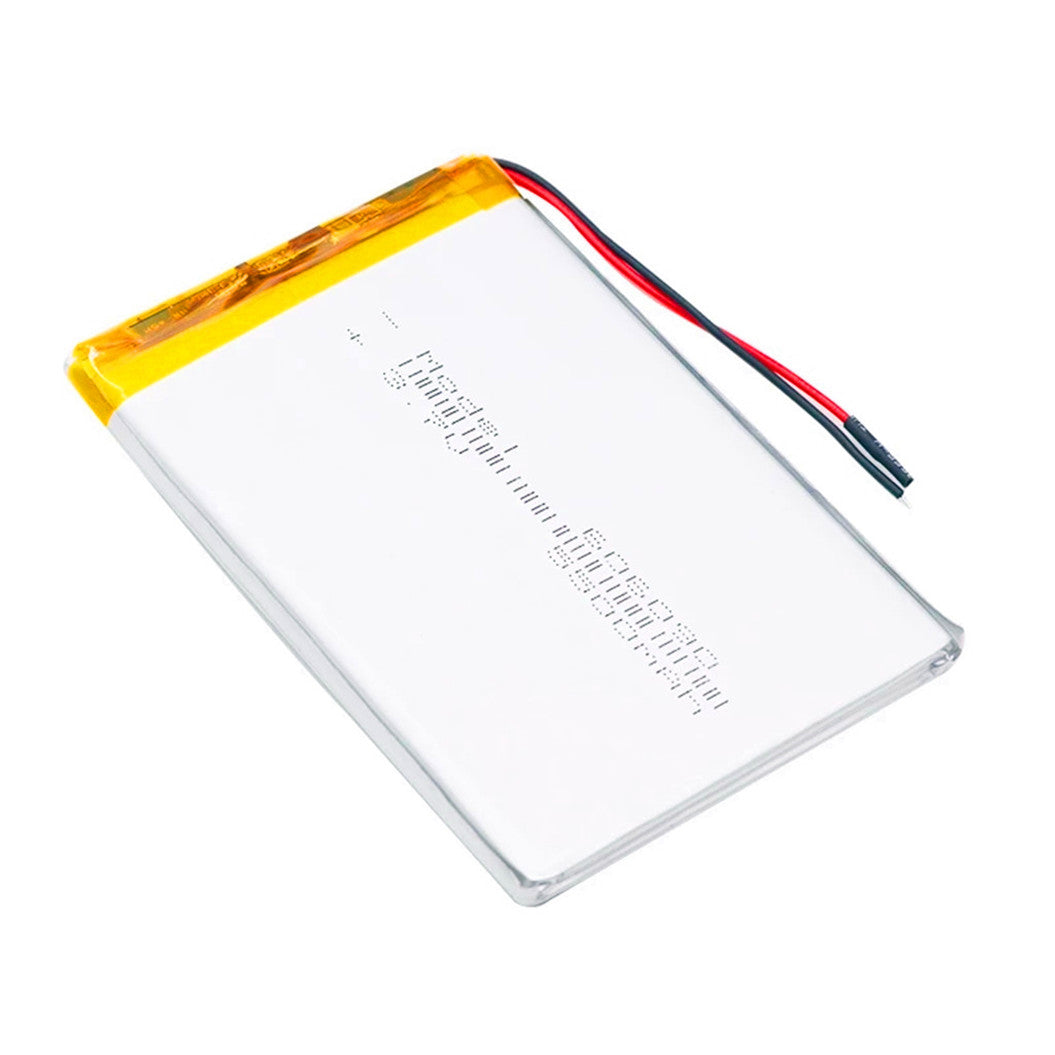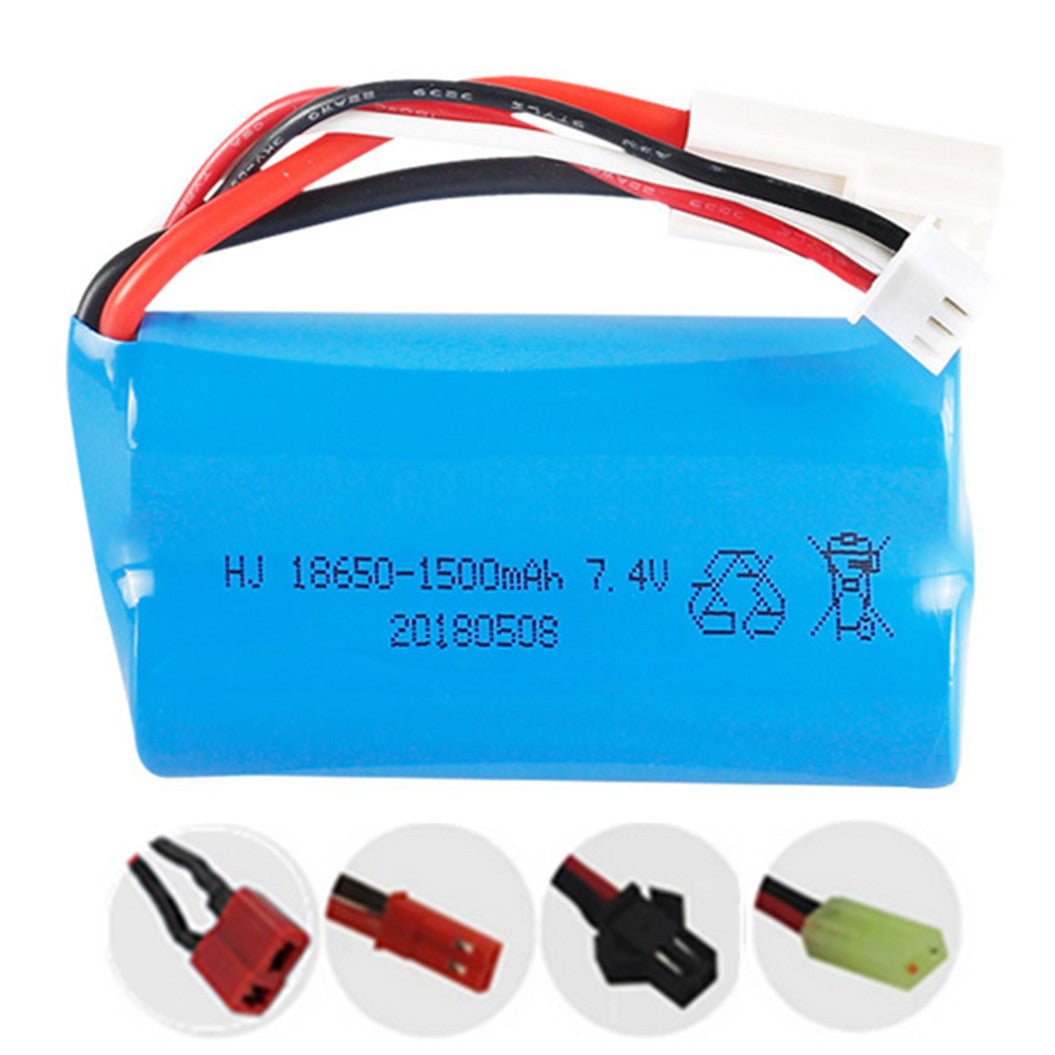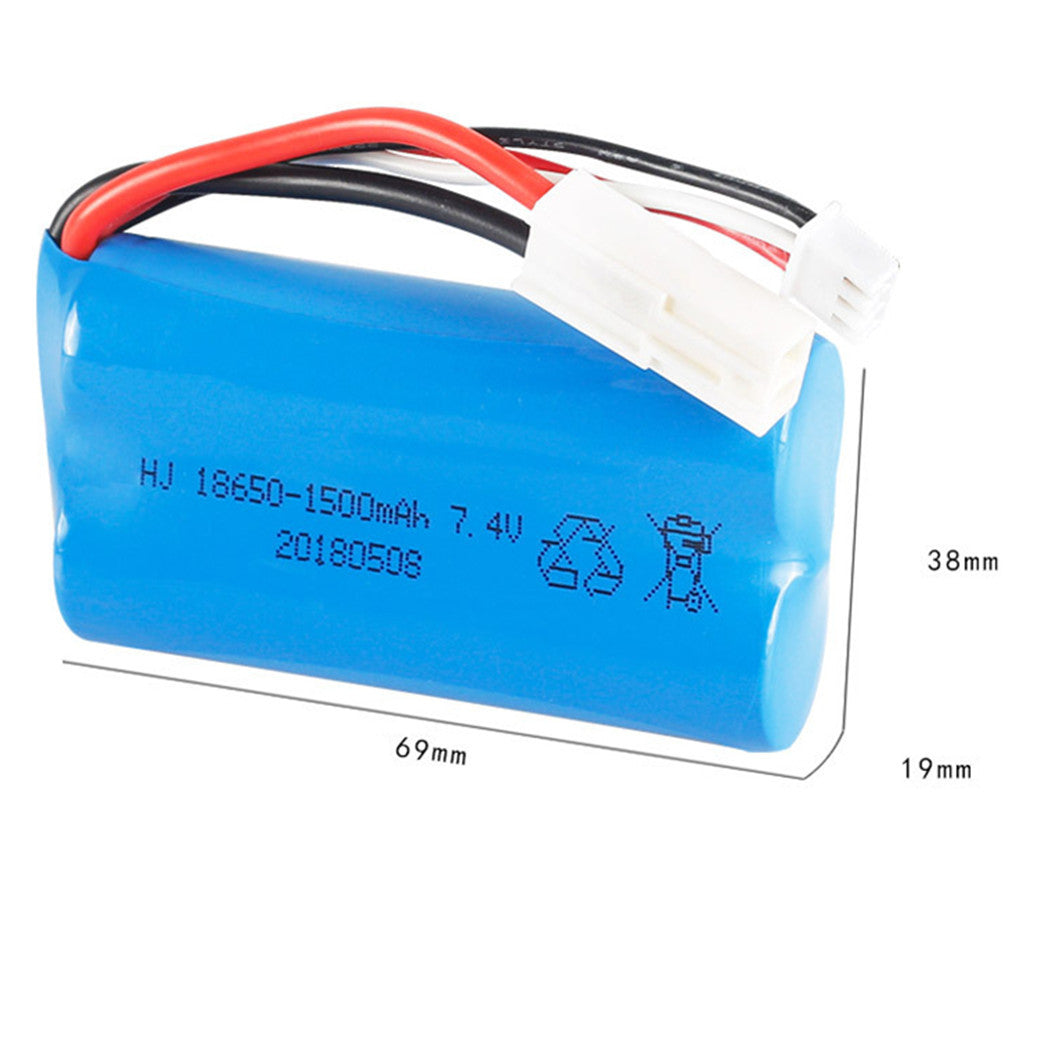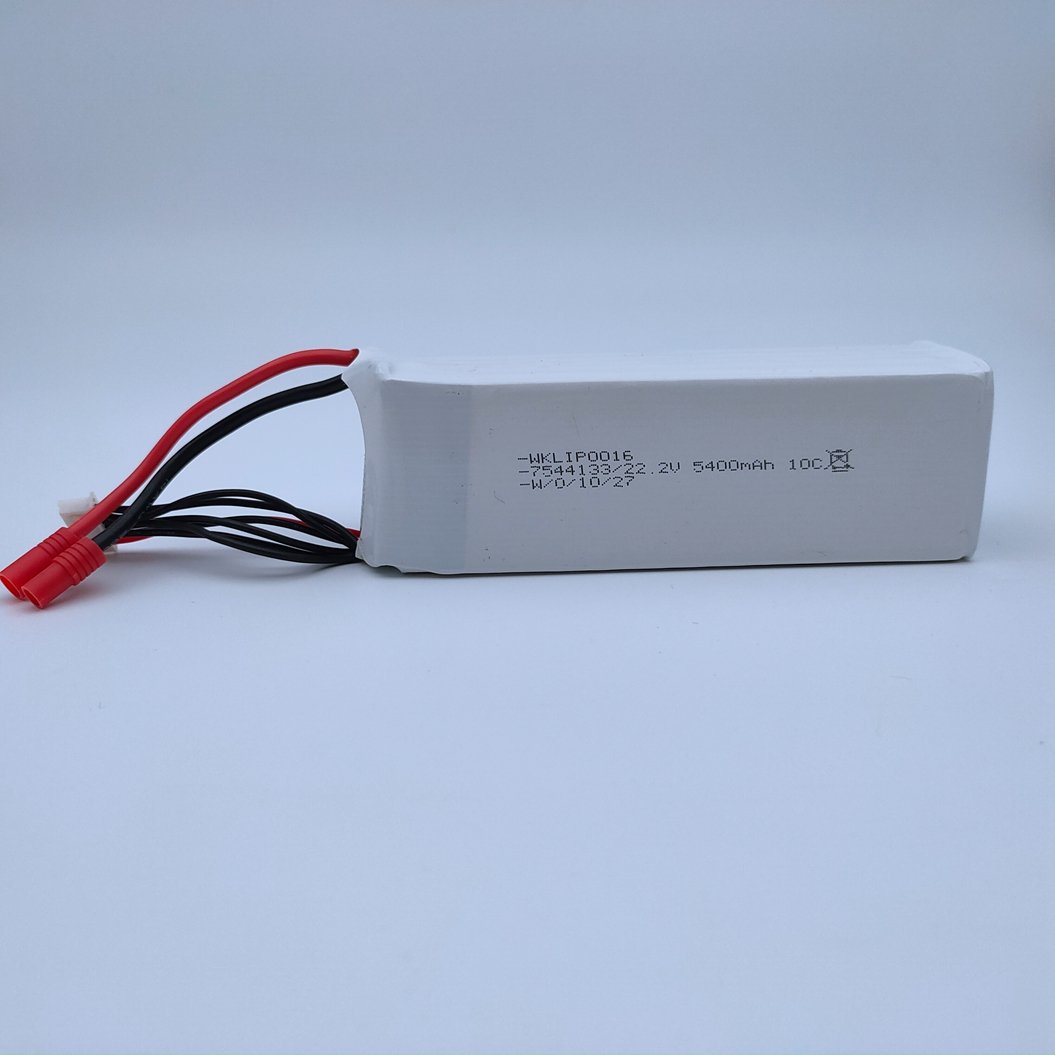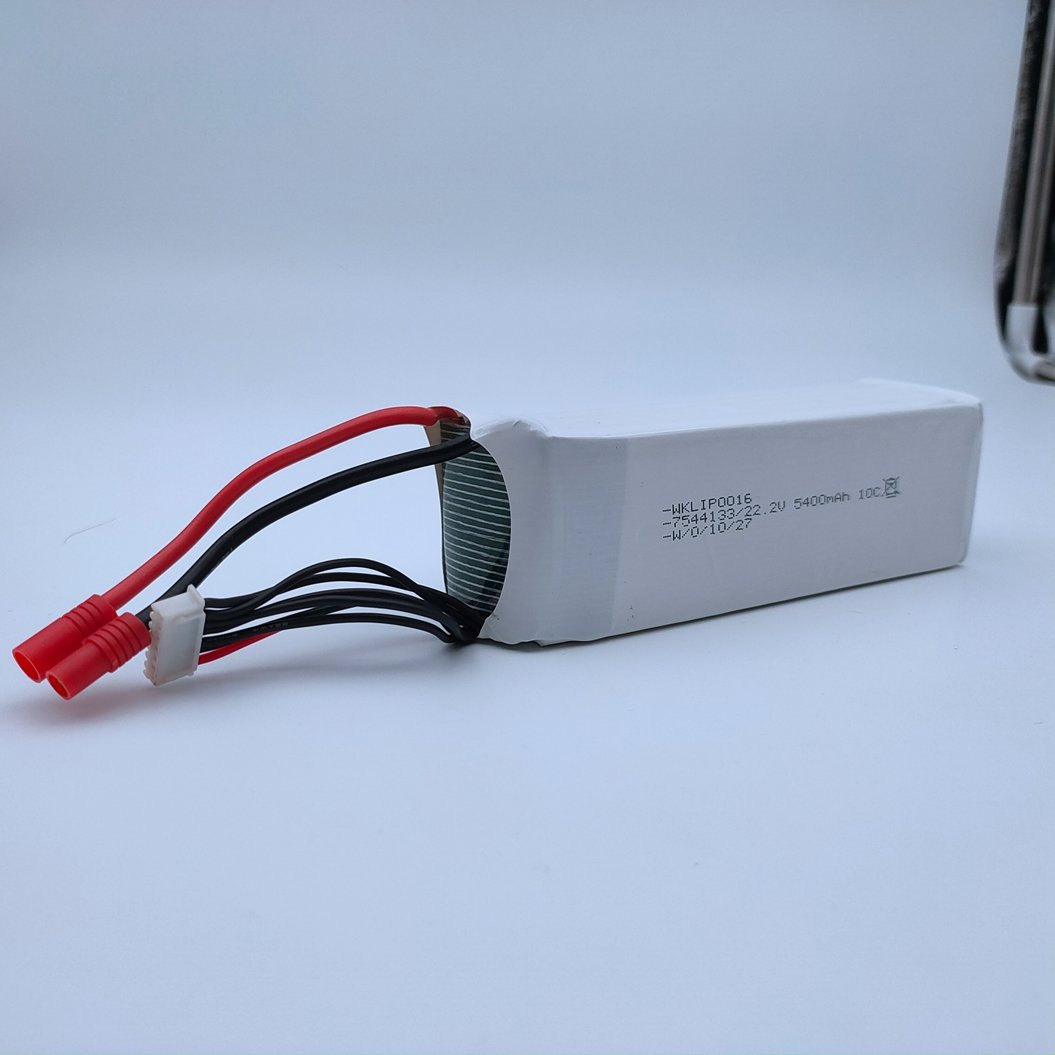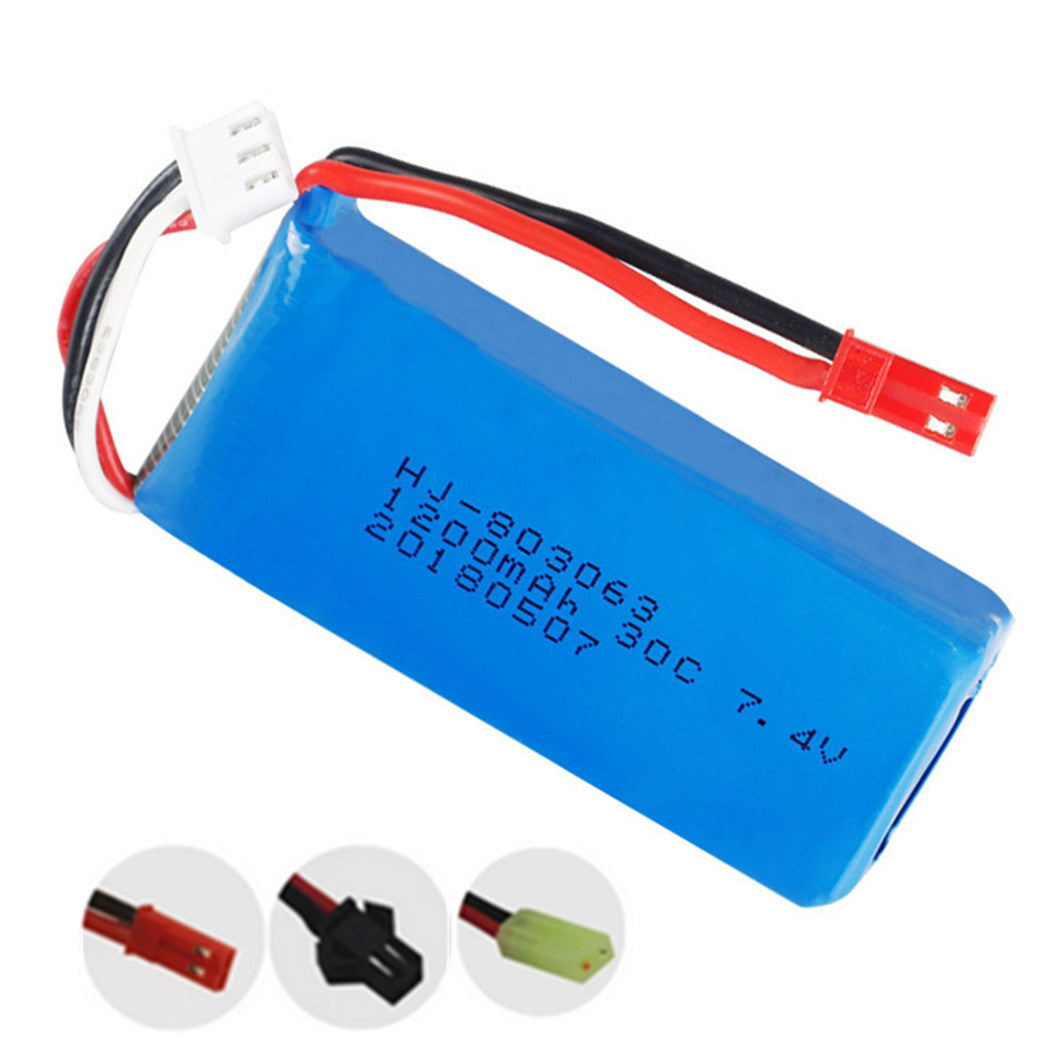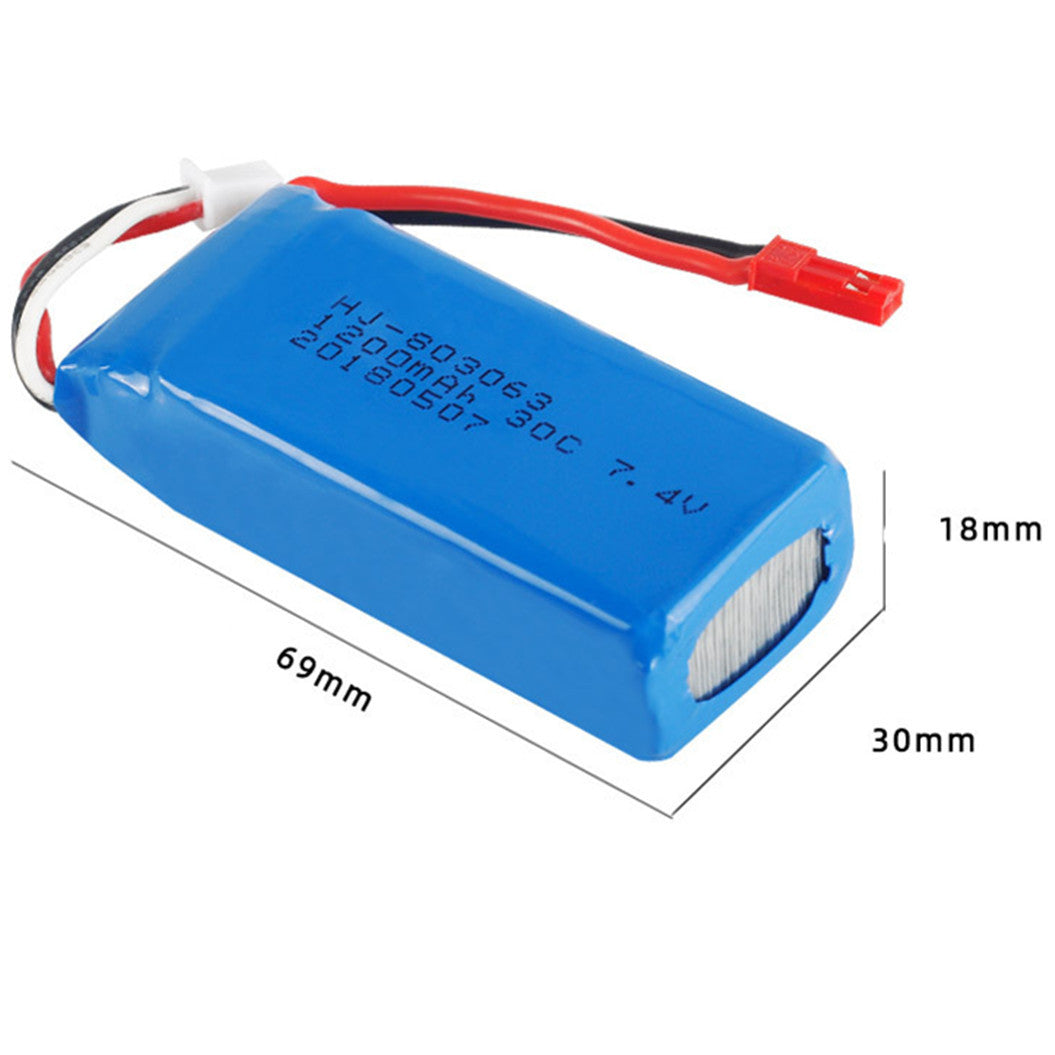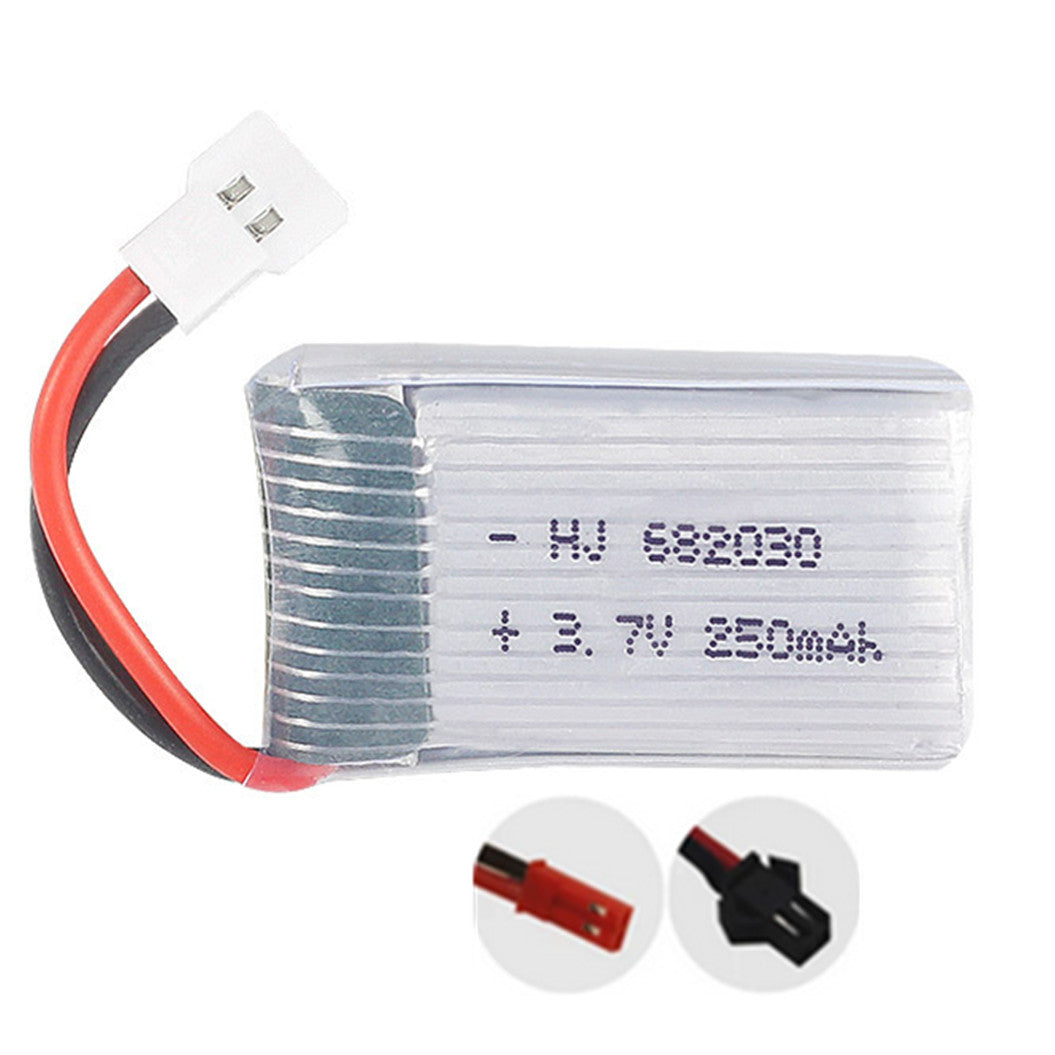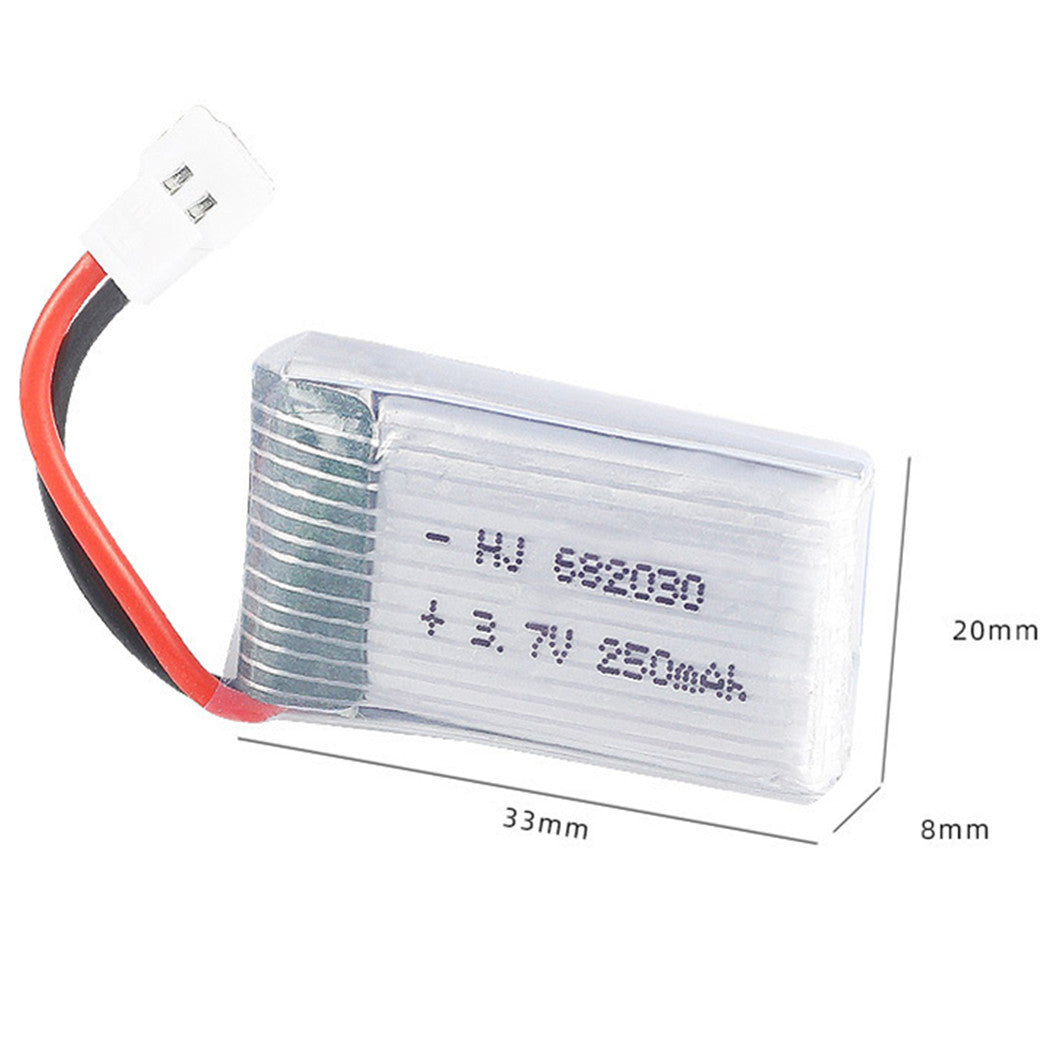-
販売元:BATTERYINT
3.8V 300mAh 交換用バッテリー Montblanc Summit スマートウォッチ用
- 通常価格
- $38.20
- 通常価格
-
- セール価格
- $38.20
- 単価
- あたり
3.8V 300mAh 交換用バッテリー Montblanc Summit スマートウォッチ用... -
販売元:BATTERYINT
2個セット 3.7V 600mAh Li-Polymerバッテリー(UDI U818A / U817、WLtoys V959 / V929 / V222対応)
- 通常価格
- $17.50
- 通常価格
-
- セール価格
- $17.50
- 単価
- あたり
商品名:2個セット 3.7V 600mAh Li-Polymerバッテリー(UDI U818A... -
販売元:BATTERYINT
2個セット 3.7V 800mAh リチウムポリマーバッテリー 802535 Bluetooth DVRプレイヤー・ドライブレコーダー用
- 通常価格
- $10.99
- 通常価格
-
- セール価格
- $10.99
- 単価
- あたり
2個セット 3.7V 800mAh リチウムポリマーバッテリー 802535 Bluetoot... -
販売元:BATTERYINT
7.4V 850mAh 703048 Li-Polymer バッテリー V912 RC クアッドコプター UDI U829X リモートコントロール航空機
- 通常価格
- $15.50
- 通常価格
-
- セール価格
- $15.50
- 単価
- あたり
7.4V 850mAh 703048 Li-Polymer バッテリー V912 RC クアッ... -
販売元:BATTERYINT
7.4V 2500mAh 903480 Li-ポリマーバッテリー X8シリーズ用 RCドローン
- 通常価格
- $18.00
- 通常価格
-
- セール価格
- $18.00
- 単価
- あたり
7.4V 2500mAh 903480 Li-ポリマーバッテリー X8シリーズ用 RCドローン... -
販売元:BATTERYINT
5個セット 3.7V 400mAh 35C LiPo バッテリー + チャージャー E33C E33 U816A RC クアドコプター ドローン用
- 通常価格
- $14.99
- 通常価格
-
- セール価格
- $14.99
- 単価
- あたり
5個セット 3.7V 400mAh 35C LiPo バッテリー + チャージャー E33C ... -
販売元:BATTERYINT
3.7V 5000mAh 診断スキャナーバッテリー MK906 MP808 MP808TS MS905 MS906 MS906CV MY905 TS608 Li-Polymer
- 通常価格
- $28.61
- 通常価格
-
- セール価格
- $28.61
- 単価
- あたり
3.7V 5000mAh 診断スキャナーバッテリー MK906 MP808 MP808TS M... -
販売元:BATTERYINT
2個セット 充電式 606090 3.7V 5500mAh リチウムポリマーバッテリー(保護PCB充電モジュール付き
- 通常価格
- $16.90
- 通常価格
-
- セール価格
- $16.90
- 単価
- あたり
2個セット 充電式 606090 3.7V 5500mAh リチウムポリマーバッテリー(保護P... -
販売元:BATTERYINT
7.4V 1500mAh 18650 リチウムポリマーバッテリー FT009 RC ボートモデル用
- 通常価格
- $15.50
- 通常価格
-
- セール価格
- $15.50
- 単価
- あたり
7.4V 1500mAh 18650 リチウムポリマーバッテリー FT009 RC ボートモデ... -
販売元:BATTERYINT
ワルカラ TALI H500-Z-22 Scout X4 多軸 22.2V 5400MAH 10C モデル用リチウム電池
- 通常価格
- $72.99
- 通常価格
-
- セール価格
- $72.99
- 単価
- あたり
ワルカラ TALI H500-Z-22 Scout X4 多軸 22.2V 5400MAH 1... -
販売元:BATTERYINT
7.4V 1200mAh 803063 30C LiPo バッテリー X6 H16 MJX X101 X102 リモートコントロール クアドコプター用
- 通常価格
- $15.60
- 通常価格
-
- セール価格
- $15.60
- 単価
- あたり
7.4V 1200mAh 803063 30C LiPo バッテリー X6 H16 MJX X... -
販売元:BATTERYINT
3個セット 3.7V 250mAh 682030 リチウムポリマーバッテリー – リモート航空機用
- 通常価格
- $11.00
- 通常価格
-
- セール価格
- $11.00
- 単価
- あたり
3個セット 3.7V 250mAh 682030 リチウムポリマーバッテリー – リモート航空...
ショーイング 25 -36 の 344 項目
1. How to Charge Lipo Battery?
These are the safe charging tips for LiPo batteries:
- Always use a charger specifically designed for LiPo batteries to prevent overcharging or undercharging.
- Before charging, set the charger’s current and voltage to match the battery’s specifications, typically at 1C, which is twice the battery’s capacity.
- During charging, place the lithium ion polymer battery in a fireproof bag or on a flat surface that is free of flammable materials.
- Closely monitor the lithium polymer battery during charging and ensure that it is not left unattended for extended periods.
- Always use a charger specifically designed for LiPo batteries to prevent overcharging or undercharging.
- Before charging, set the charger’s current and voltage to match the battery’s specifications, typically at 1C, which is twice the battery’s capacity.
- During charging, place the lithium ion polymer battery in a fireproof bag or on a flat surface that is free of flammable materials.
- Closely monitor the lithium polymer battery during charging and ensure that it is not left unattended for extended periods.
2. How to Store Lipo Battery?
When storing Lithium Polymer (LiPo) batteries, they should be kept at approximately 50% charge, which will help to prolong battery life. The lithium ion polymer battery should be stored in a dry, cool environment, away from direct sunlight and extreme temperatures.
In addition, batteries should be stored in a fireproof bag or special safety box to prevent accidents. In addition, if not used for a long period, perform a light charge and discharge every few months to maintain battery performance.
In addition, batteries should be stored in a fireproof bag or special safety box to prevent accidents. In addition, if not used for a long period, perform a light charge and discharge every few months to maintain battery performance.
3. What Is the Lifespan of a Lipo Battery?
In general, lithium polymer batteries can support approximately 300 to 500 charge/discharge cycles if properly used and maintained. To extend battery life, avoid overcharging and over-discharging, and keep the lithium ion polymer battery at the proper temperature during use and storage.
4. How to Prevent Lipo Battery from Expansion and Explosion?
These tips below prevent lithium polymer (lipo) batteries from expanding or explosion:
- Ensure that you are using a charger that is specifically designed for LiPo batteries and that you strictly follow the battery’s charging specifications.
- Avoid exposing the lithium polymer battery to extreme temperatures or direct sunlight during charging and use.
- Ensure that the lithium ion polymer battery is not physically damaged. Regularly inspect the battery for any signs of wear or damage.
- If the LiPo batteries show signs of swelling, discontinue use immediately to prevent further risks such as expansion or explosion.
- Ensure that you are using a charger that is specifically designed for LiPo batteries and that you strictly follow the battery’s charging specifications.
- Avoid exposing the lithium polymer battery to extreme temperatures or direct sunlight during charging and use.
- Ensure that the lithium ion polymer battery is not physically damaged. Regularly inspect the battery for any signs of wear or damage.
- If the LiPo batteries show signs of swelling, discontinue use immediately to prevent further risks such as expansion or explosion.
5. What Is the Difference Between a 4s Lipo Battery and a 3s LiPo Battery?
The main differences between 4s lipo batteries and 3s LiPo batteries are the number of cells and the total voltage. 3s batteries consist of three cells in series and typically have a voltage of 11.1 volts, while 4s batteries consist of four cells in series and typically have a voltage of 14.8 volts.
However, higher voltages may also require electronic equipment to have a higher voltage tolerance, so the voltage compatibility of equipment must be considered when choosing a lithium polymer battery.
However, higher voltages may also require electronic equipment to have a higher voltage tolerance, so the voltage compatibility of equipment must be considered when choosing a lithium polymer battery.
6. How Long Does It Take to Charge a 4s Lipo Battery?
Typically, most 4-cell LiPo batteries take about 1 to 1.5 hours to fully charge when charged at a 1C charge rate (i.e. the current value for the rated capacity of the battery).
For example, a 5000mAh battery will take about 1 hour to fully charge at 5A charge current. Ensure that you use the appropriate charger for your lithium polymer battery to maintain its health and safety.
For example, a 5000mAh battery will take about 1 hour to fully charge at 5A charge current. Ensure that you use the appropriate charger for your lithium polymer battery to maintain its health and safety.
7. Which Is Better, Lifepo4 or Lipo Battery?
LiFePO4 batteries are known for their longer life and increased safety. It is usually more suitable for applications that require long-term reliability, such as electric vehicles and solar energy storage systems.
LiPo batteries, on the other hand, offer higher energy density and power output. Ideal for devices with stringent weight and size requirements, such as UAVs and RC models.
LiPo batteries, on the other hand, offer higher energy density and power output. Ideal for devices with stringent weight and size requirements, such as UAVs and RC models.
8. Which Is Better, Nimh or Lipo Battery?
NiMH batteries are more environmentally friendly and less expensive, making them suitable for every day and low-power devices.
LiPo batteries, on the other hand, offer higher energy density and discharge rates, making them more suitable for use in high-power devices such as drones and high-performance RC cars.
LiPo batteries, on the other hand, offer higher energy density and discharge rates, making them more suitable for use in high-power devices such as drones and high-performance RC cars.

